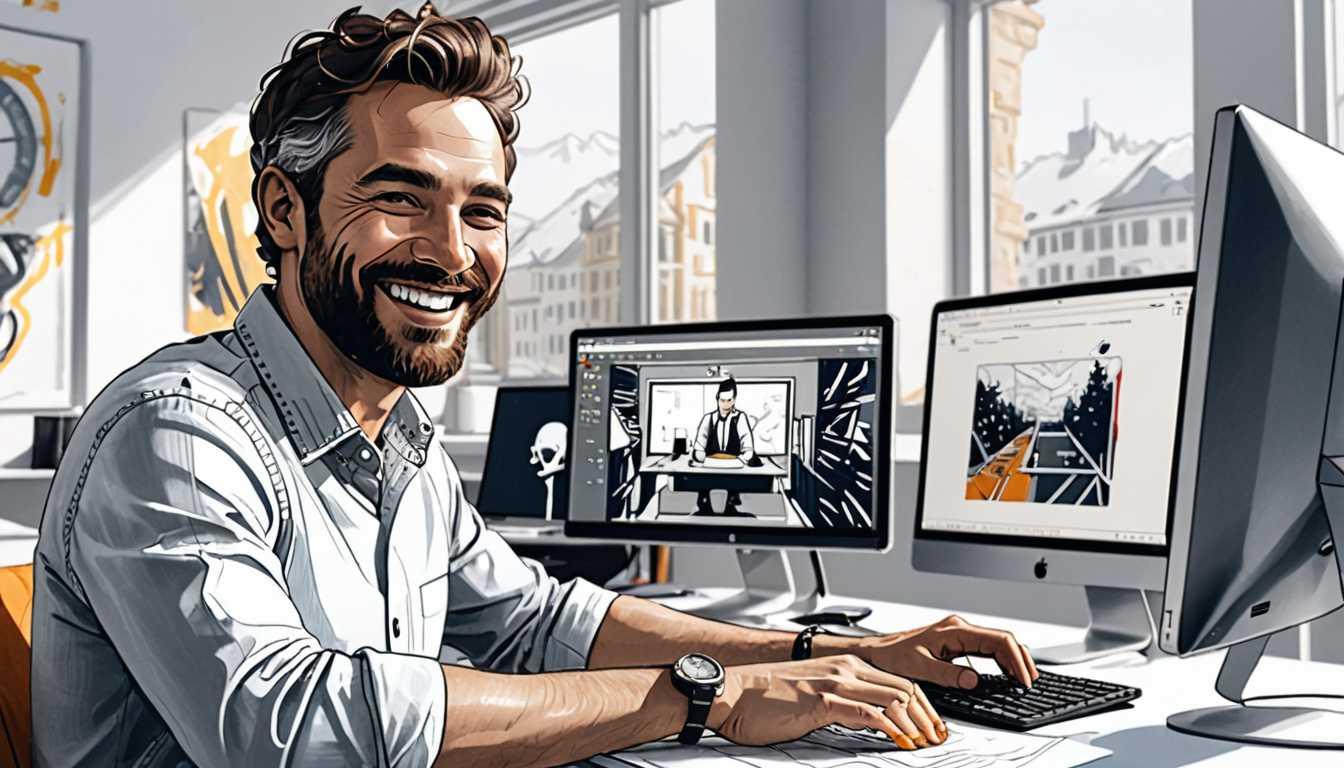Revolutionizing Braille: The Braille-tip Pen
September 2024
U of Bristol Research news
Introduction
Hey there, future innovators! 🌟 Did you know that a new pen developed by the University of Bristol can read Braille and transform it into English text? This handheld wonder, called Braille-tip, is designed to help visually impaired folks learn Braille more easily. With a 84.5% success rate in early trials, it’s changing the game for literacy! So, if you want to find out how this cool gadget is making reading accessible, dive into the full article from U of Bristol Research news!
READ FULL ARTICLEWhy It Matters
Discover how this topic shapes your world and future
Unlocking the World of Braille with Technology
Imagine a world where everyone, regardless of their eyesight, can read and write without barriers. The recent development of the Braille-tip, a pen that translates Braille into English text, is a groundbreaking step towards that vision. This device is particularly significant because it addresses the alarming decline in Braille literacy among visually impaired individuals, even when many express a strong desire to learn it. The implications are huge - enhancing accessibility in public spaces and empowering visually impaired people to engage more fully in society. By understanding and supporting Braille literacy, we help ensure that everyone has the opportunity to read, learn, and communicate effectively. Plus, as a student, you might find it fascinating to see how technology can make a real difference in people's lives, making learning more inclusive and engaging for everyone.
Speak like a Scholar
Braille
A tactile writing system used by people who are visually impaired, consisting of raised dots that represent letters and numbers.
Literacy
The ability to read and write, a crucial skill that enables communication and learning.
Algorithm
A step-by-step procedure or formula for solving a problem, in this context, it refers to the method the Braille-tip uses to convert Braille into readable text.
Tactile
Relating to the sense of touch, in this case, it refers to how the Braille-tip uses touch to read the raised dots.
Prototype
An early sample or model of a product used to test a concept or process, like the initial versions of the Braille-tip before it is finalized.
Accessibility
The design of products or environments to be usable by all people, including those with disabilities, ensuring everyone can participate fully.
Independent Research Ideas
The History of Braille
Explore how Braille was developed and its evolution over time. Investigate its impact on literacy rates among visually impaired individuals throughout history.
Assistive Technologies for the Visually Impaired
Research various technologies designed to aid people with visual impairments. Compare their effectiveness and accessibility in different environments.
The Psychology of Learning Braille
Examine the cognitive processes involved in learning Braille versus traditional reading methods. How does learning a tactile language affect brain development and literacy skills?
Public Spaces and Accessibility
Investigate how public spaces can be designed to be more inclusive for visually impaired individuals. What are the existing challenges, and what innovative solutions can be proposed?
User-Centered Design in Technology Development
Study the importance of involving users in the design process of assistive technologies. How can feedback from visually impaired individuals enhance the functionality of devices like the Braille-tip?
Related Articles

Building Science: Legos to the Rescue!
June 2024
MIT Technology Review

Selective Hearing Revolution Unveiled
November 2023
MIT Technology Review

Control Computers with Your Tongue!
June 2024
MIT News

Training for the Stars: Astronaut Prep
October 2023
Harvard University

Living Life in Game Mode: The Truth
June 2024
MIT Technology Review